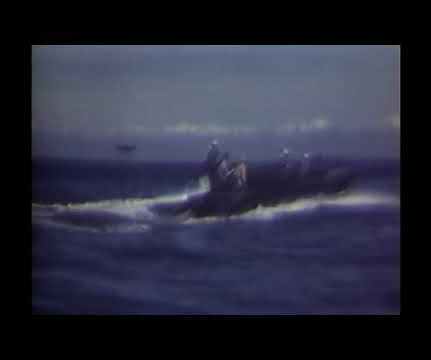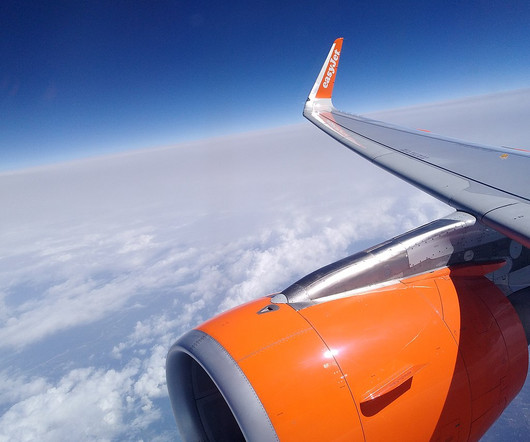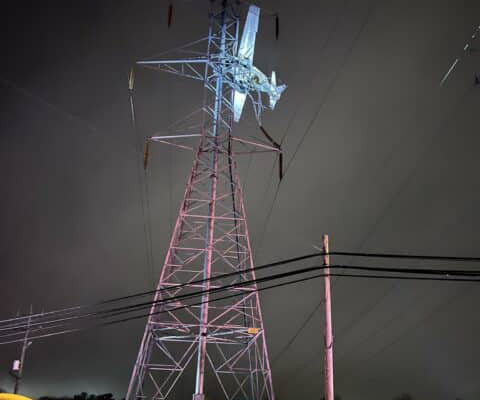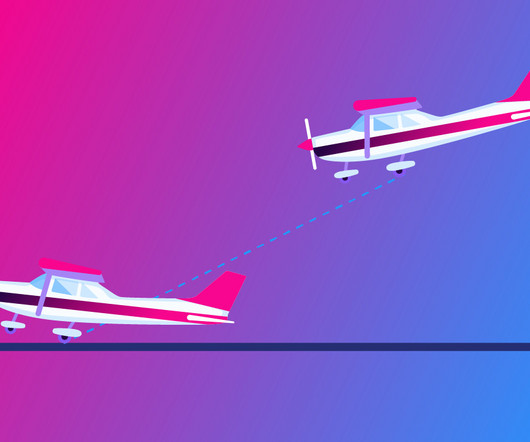Voices from Combat: The Consolidated PB2Y Coronado Becomes a Bomber
Vintage Aviation News
JANUARY 30, 2025
A short 18 months later, on August 13, 1937, the XPB2Y-1 took to the skies for the first time, revealing plenty of room for improvement lateral instability was a major problem for the deep-hulled boat, so the single tail fin was augmented by two smaller fins on the horizontal stabilizers.











Let's personalize your content